#classic flapper
Text

Ziegfeld girl by Alfred Cheney Johnston
#b&w#black and white photography#vintage hollywood#vintage#user vintage#vintage cutie#vintage glamour#studio portrait#black and white#classic flapper#ziegfeld girl#alfred cheney johnston
56 notes
·
View notes
Photo
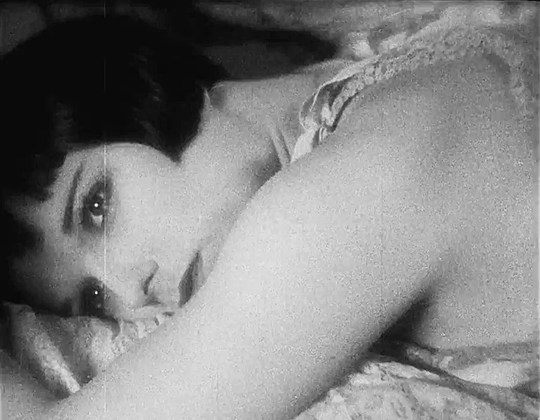





Louise Brooks in Diary of a Lost Girl (1929)
#Diary of a Lost Girl#Louise Brooks#1920s#flapper#classic film#silent film#vintage#gif#mine#diary of a lost girl*#louise brooks*#1k
2K notes
·
View notes
Text



you’re so art deco out on the floor
shining like gun metal cold and unsure
baby you’re so ghetto you’re looking to score
when they all say ‘hello’ you try to ignore them
cause you want more, why?
you want more, why?
made a sim for @acuar-io’s decades challenge on discord!!
#ts4#s4#simblr#sims 4#ts4 simblr#s4 simblr#the sims 4#i feel like i could be off by a few years but i intended for her to be a flapper girl from the 1920s#i should've downloaded a cigarette holder or something but i forgot whoops#i downloaded other cc for men in the 1920s#cause i wanted to make nick carraway and jay gatsby.. obviously in love because i think the great gatsby is a thinly veiled queer classic#like nick carraway is so bisexual.. but you know i also have this disease where i need to force homoeroticism into everything everywhere#i feel like i should clarify that i mean the great gatsby book. not the movie. never seen it. i do not like leonardo decaprio#okay i'm done cause that's not what this post was even about.. i like reading my bad#my other sims
68 notes
·
View notes
Text
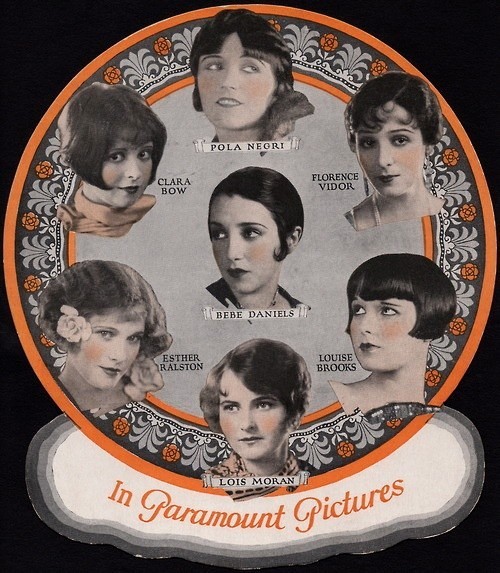
1920s paper fan passed out at movie theaters highlighting Paramount's starlets.
#clara bow#louise brooks#pola negri#florence vidor#lois moran#bebe daniels#esther ralston#paramount#flappers#20th century#hollywood#old hollywood#classic hollywood#nostalgia#1920s#1920s hollywood#silent movies
22 notes
·
View notes
Text



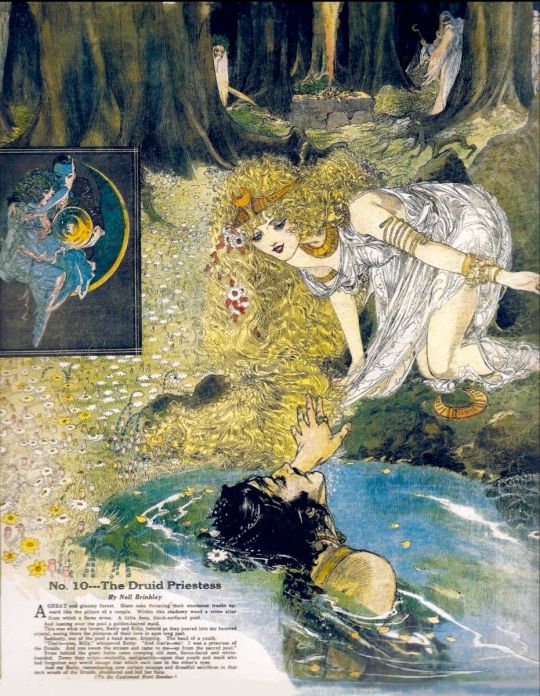
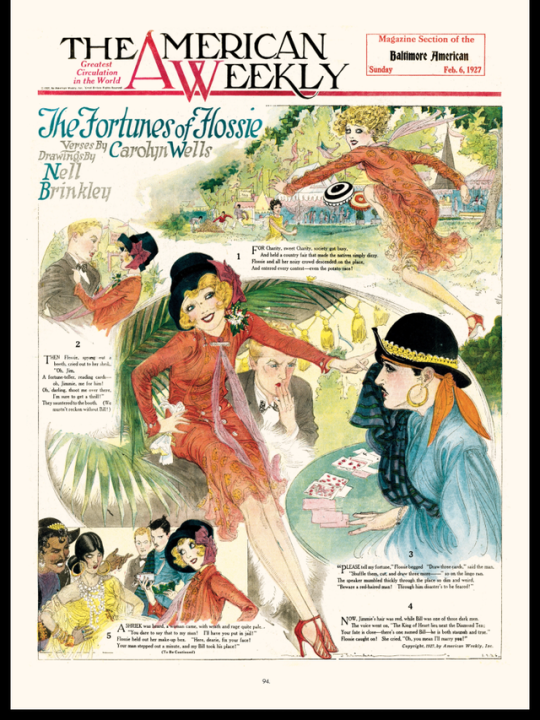



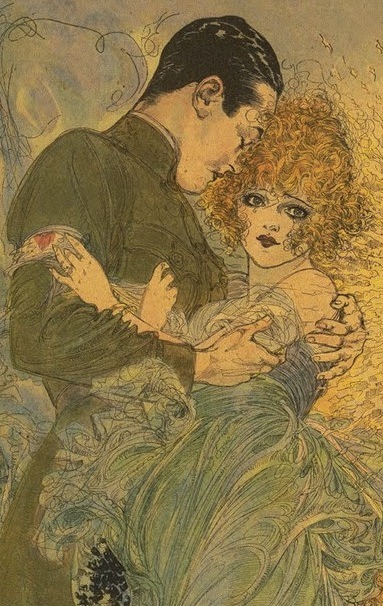

The art of Nell Brinkley.
Like Henry Clive, Nell Brinkley was another magazine illustrator for "The American Weekly" working during the 20s. Her work primarily focused on beautiful women and lavish, gorgeous costumes. In a way it resembles the style of early shojo manga, and could well have had an influence on it!
#nell brinkley#illustration#illustrator#history#culture#art#classic art#art deco#flapper#1920s art#noir aesthetic#1920s style#vintage#vintage art#illustrations
106 notes
·
View notes
Photo




Clara Bow, Christmas 1926
First image from Photoplay Magazine, January 1927.
Caption reads:
“New Pictures
THE night before Christmas and not a stocking in the house. Here Clara Bow has climbed on the roof to wait for Santa Claus only to find that she has nothing to hang on the chimney. Pity the poor flapper on Christmas Eve!”
#clara bow#christmas#1920s#1926#1927#silent film#silent movies#silent era#Photoplay#classic film#classic movies#magazine#film magazine#fan magazine#novelty#flappers
210 notes
·
View notes
Text

Maria (Metropolis, 1927) inspired flapper girl
#Maria Metropolis#metropolis 1927#metropolis#classic movies#1920s#1927#flapper girl#robot#robot girl#the charleston#monster babe#Maria#scifi#electro swing#art#my art#leonardoeatscarrots#pixelart#leonardo eats carrots#vintage#quaspiel cemetery#nostalgia resin
26 notes
·
View notes
Text
"... I used to build dreams about you."
F. Scott Fitzgerald, "Flappers and Philosophers"
#literature#quotes#literary quotes#classic literature#american literature#f scott fitzgerald#flappers and philosophers
17 notes
·
View notes
Photo
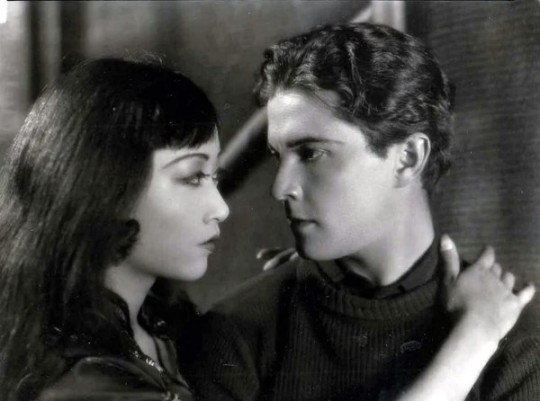
Ramon Novarro and Anna May Wong in Across to Singapore (1928)
#ramon novarro#anna may wong#across to singapore#1928#1920s#1920s flappers#1920s vintage#1920s fashion#1920s photography#roaring 20s#classic#classic film#classic movies#classic cinema#vintage#vintage fashion#vintage style#vintage beauty#vintage glamour#flappers#20s flappers#Retro#retro fashion#retrostyle#retro makeup#retro beauty#vintage aesthetic#hollywood#old hollywood#Golden Age of Cinema
147 notes
·
View notes
Text
They're wraiths, all of them. They aren't people. God knows what they've done with their realities. - Robert McAlmon
#Robert mcalmon#quotes#1920s#writers#writing#flappers#postwar#wwi#the lost generation#the bright young things#classic literature#poets
23 notes
·
View notes
Photo

Roaring ‘20s era Omega watch featuring a flapper in soft perfection of salmon, black and gold with slogan “Zegarek Na Cale Zycie,” or “Watch for Life;” Poland, circa 1930.
#omega#omega watches#vintage omega watches#timepiece#vintage timepiece#1930s omega#1930s fashion#1930s timepiece#vintage watches#horology#vintage horology#wrist art#classic watches#wrist watches#ladies watches#men's watches#vintage fashion#flapper#art deco#art deco watches#art deco style
32 notes
·
View notes
Photo



Phyllis Haver as Roxie Hart in Chicago (1927)
#Phyllis Haver#Roxie Hart#Chicago#classicfilmblr#bbelcher#classic film#1920s#flapper#vintage#silent film#silent cinema#gif#mine#phyllis haver*#chicago*#1k
1K notes
·
View notes
Text
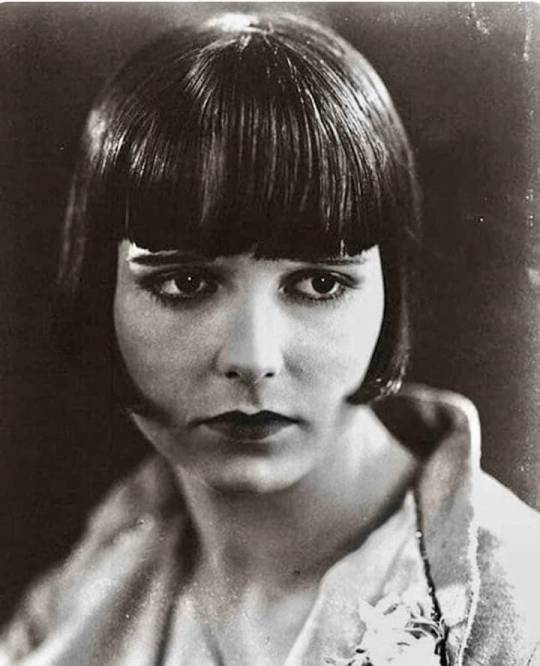
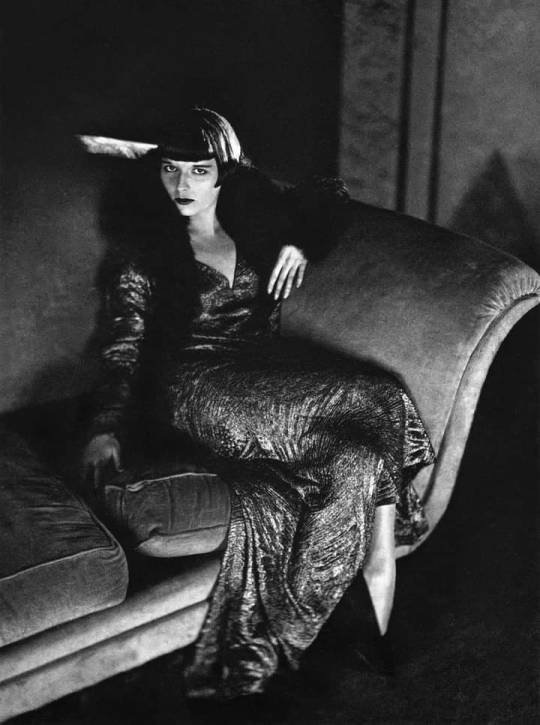
Louise Brooks 1929
14 notes
·
View notes
Text

Happy birthday to the wonderful COLLEEN MOORE!! (August 19, 1900)
#colleen moore#1920s#1930s#old hollywood#flapper#classic hollywood#golden age of hollywood#pre code hollywood#20s#30s#golden age of cinema#vintage#vintageshearer
5 notes
·
View notes
Text
I came upon this image being sold on etsy for $2 as a "digtal download" and you would not believe how much effort it took to find the actual, original artist.

His name is Henry Clive (b. 1883– d.1960) and he was an art deco inspired illustrator whose work was printed in magazines like "The American Weekly." He also starred as a villain in a the Charlie Chaplin movie "City in Lights" where he was also the art director.
Here are some more of his amazing illustrations!



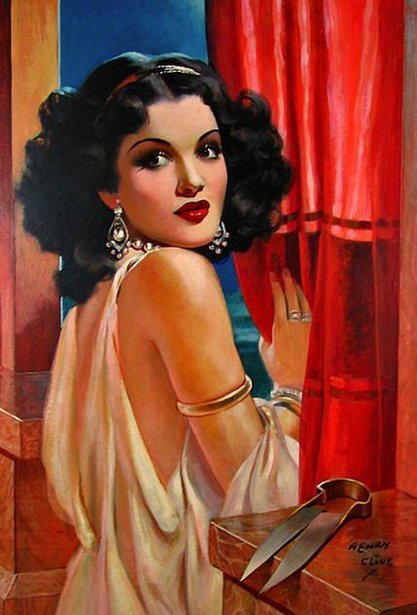




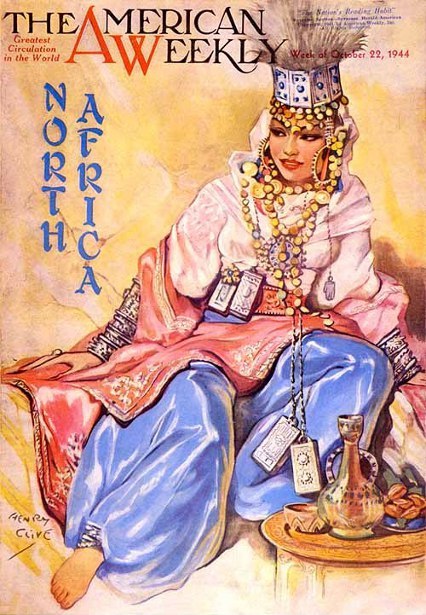
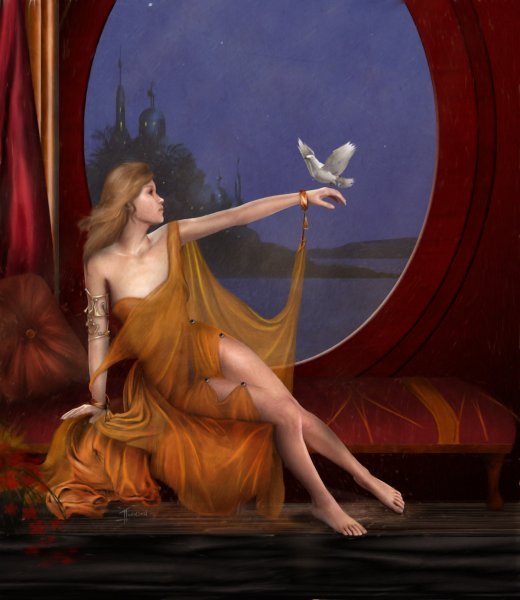
#henry clive#illustration#illustrator#history#culture#art#classic art#art deco#flapper#1920s art#noir aesthetic#1920s style#vintage#vintage art#illustrations
123 notes
·
View notes
Text
Lost, but Not Forgotten: Prodigal Daughters (1923)


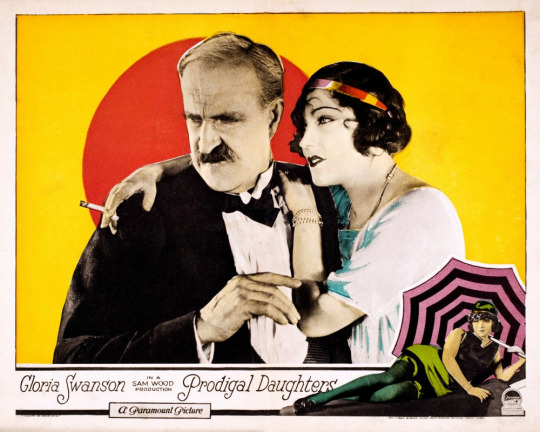


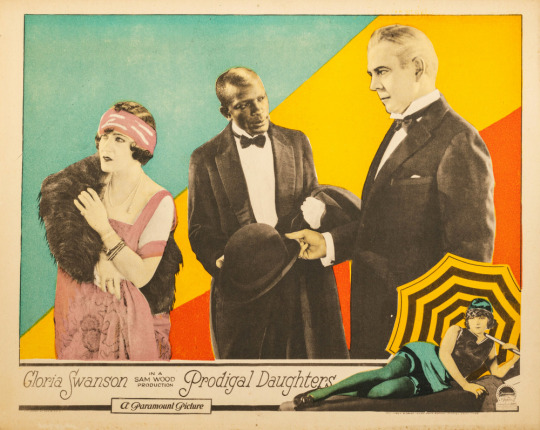
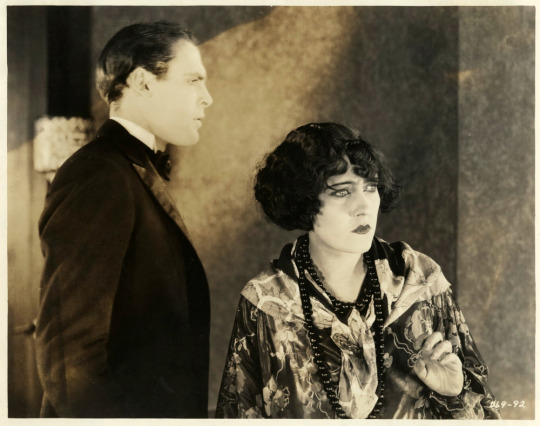
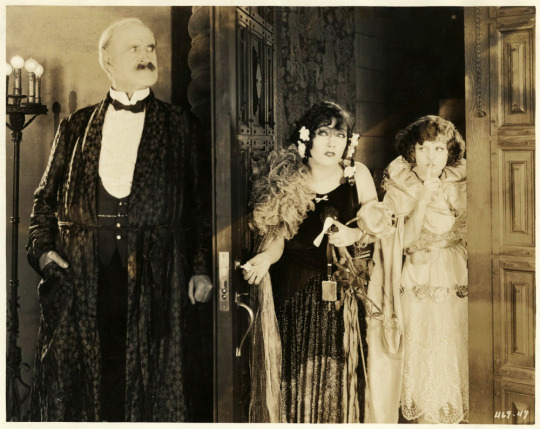


Direction: Sam Wood
Scenario: Monte M. Katterjohn
Original Novel: Joseph Hocking
Camera: Alfred Gilks
Studio: Paramount (production) & Famous Players-Lasky (distribution)
Performers: Gloria Swanson, Ralph Graves, Vera Reynolds, Theodore Roberts, Louise Dresser, Charles Clary, Robert Agnew, Maude Wayne, Jiquel Lanoe, George Fawcett, Eric Mayne
Flying Stunts: Leo Nomis
Premiere: 15 April 1923
Status: presumed entirely lost
Length: 6,216 feet, or roughly 70 minutes.*
Synopsis (synthesized from magazine summaries of the plot):
Elinor “Swiftie” Forbes (Gloria Swanson) and her sister Marjory (Vera Reynolds) are committed to living life on the “jazz route” at their comfy estate on Long Island. With their freshly bobbed hair, they attend the links on Sunday instead of church, party all night, smoke cigarettes, and drink. They live by the “Seven Deadly Whims:”

New Lips to Kiss.
Freedom from Conventions.
A New World for Women.
No More Chaperons.
Life with a Kick in It.
The Single Moral Standard.
Our Own Latchkeys.
Their mother (Louise Dresser) also thinks young and doesn’t try to restrict or discipline her daughters. The patriarch of the family is J.D. Forbes (Theodore Roberts), a locomotive magnate who became a millionaire off WWI. J.D. has been away on business in Europe for three years.
Back in New York around the Fourth of July, Stanley Garside (Charles Clary), who runs a gambling den, throws a party for Swiftie, which includes a firework display in her honor. On the radio, the crowd hears a lecture by a Doctor Marco Strong (Eric Mayne) decrying the moral degradation of the younger generation. Swiftie broadcasts her rebuttal from her own device.
Roger Corbin (Ralph Graves), an aviator who also happens to be an engineer at J.D.’s locomotive works, is flying nearby and hears Swiftie’s rebuttal. Corbin decides to make a landing at the party and invites Swiftie for a ride. She accepts, but bad weather forces them to land and they get waylaid overnight at a local inn. Swiftie’s friends pick her up in the morning and Corbin and Swiftie part without Swiftie knowing Corbin’s identity.
Meanwhile, Marjory is being pursued by songwriter Lester Hodges (Robert Agnew).
J.D. returns from Europe soon after with no one to meet him but his chauffeur. He’s horrified to see how the women in his family are living. They’ve even converted his billiard room into a dance parlor complete with buffet bar! J.D. bans smoking, drinking, parties, and Lester.
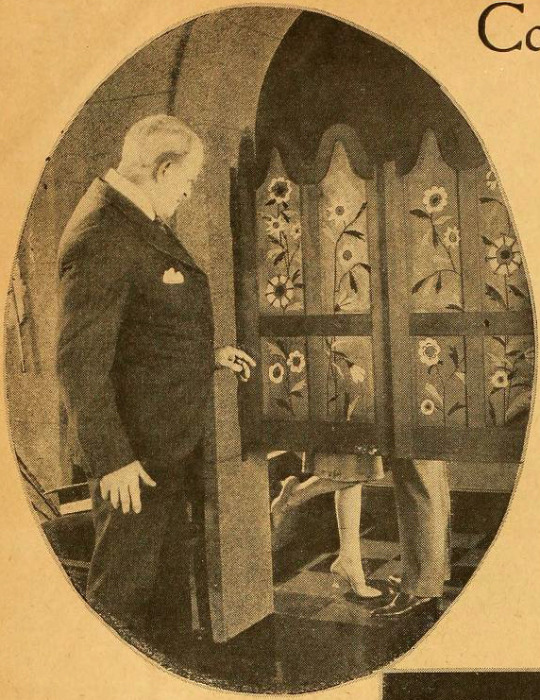
Theodore Roberts in Prodigal Daughters from Motion Picture Magazine, August 1923
Swiftie meets Corbin at her father’s house and learns he works for dad. Corbin proposes marriage to her, but she rejects him. The daughters rebel against their newly returned father and decide to make their own way in Greenwich Village.
Marjory marries Lester and Swiftie gets to earning a living on her own. Garside persues Swiftie and she takes to gambling at his establishment. Marjory finds out that Lester was only interested in her for her dad’s money and they split. Swiftie escorts Marjory back to their parents house, but vows to stick to her new independent lifestyle.
Unfortunately, Swiftie begins losing heavily at Garside’s. Garside agrees to a wager against Swiftie’s debt so that, if she loses again, he’ll clear her debt, but she has to marry him within 60 days. Swiftie loses.
On Christmas Eve, Swiftie and Garside are partying at a speakeasy when the joint gets raided by prohibition agents. Luckily for Swiftie, Corbin has been out looking for her and he finds her just in time to help her escape.
The climax features an accident with a newly designed locomotive and Swiftie and Garside in his automobile. Garside is killed, but Corbin is able to rescue Swiftie and they escape via airplane.
Swiftie and Corbin get together and she returns to her parent’s home, penitent.
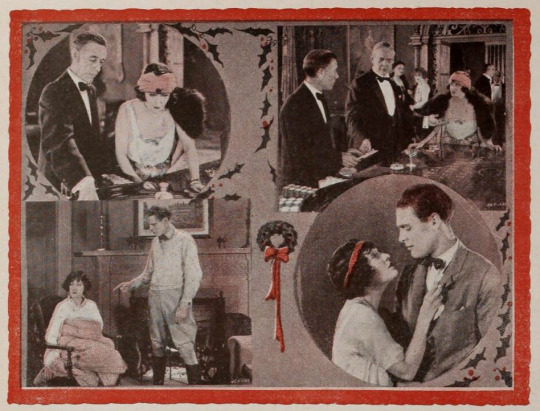
Scenes from Prodigal Daughters from Motion Picture News, 29 December 1923
Additional Info:
There is a sequence in the film that depicts the operation of a high-tech beauty parlor, wherein Louise Dresser’s character gets a face lift. It takes place before her husband returns from abroad, but I’m not certain with any more detail than that where it fits chronologically in the summary above.
There appears to be two sequences or at least two parts to the climatic sequence where Garside dies and Swiftie is rescued by Corbin. I’m not sure based on the summaries available precisely how they fit together, so I just described both instead of hypothesizing with no data.
---
Points of Interest:
This movie was Swanson’s 9th film out of a total of 10 with director Sam Wood.
The full list goes:
The Great Moment (1921, only a fragment survives at BFI),
Under the Lash (1921, presumed lost),
Don’t Tell Everything (1921, presumed lost),
Her Husband’s Trademark (1922, extant on 16mm at George Eastman House & Gosfilmofond),
Her Gilded Cage (1922, presumed lost),
Beyond the Rocks (1922, extant at Nederlands Filmmuseum, and available on home video via Milestone Films.),
The Impossible Mrs. Bellew (1922, presumed lost),
My American Wife (1922, presumed lost),
Prodigal Daughters (1923, presumed lost),
Bluebeard’s 8th Wife (1923, presumed lost)
That is only a 20 percent survival rate!
[Survival status checked via LOC’s Silent Feature Film Database, and re-checked at relevant archives when available]
If you happened to read my post profiling Racing Hearts (1923), you may remember that Theodore Roberts also plays a magnate who goes abroad to Europe and has a flapper daughter, with whom he doesn’t see eye to eye. These two films were released only two months apart, so I imagine it was pretty nice for Roberts to be able to take the “two birds, one stone” approach in preparing for his work. What a type to specialize in!
*The film was edited by censors in various state markets, so the runtime of a print in NY wouldn’t be identical to a print in Kansas.
☕ Buy me a coffee! ☕

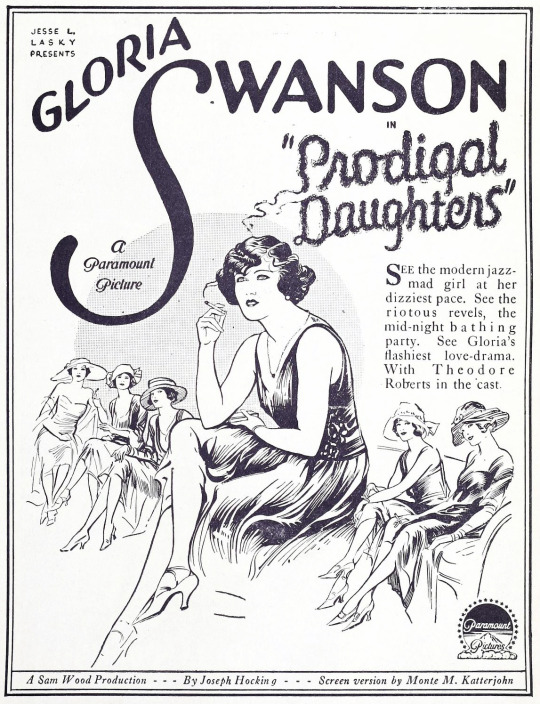
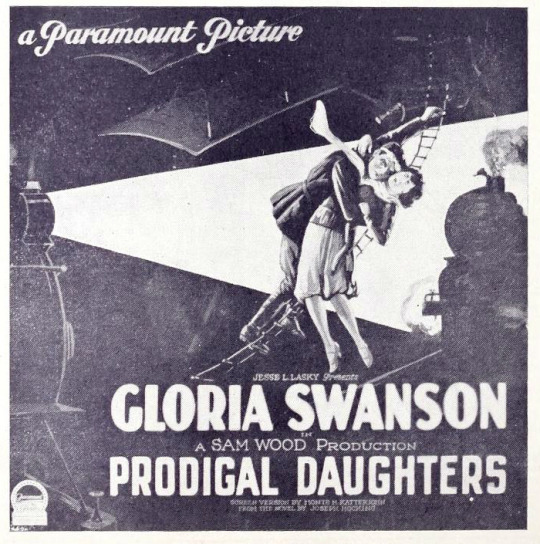
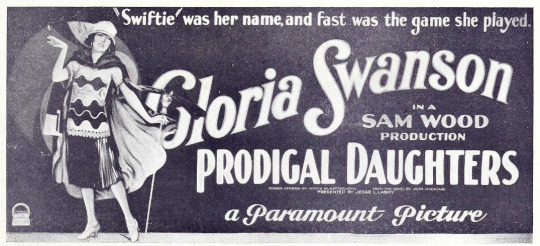



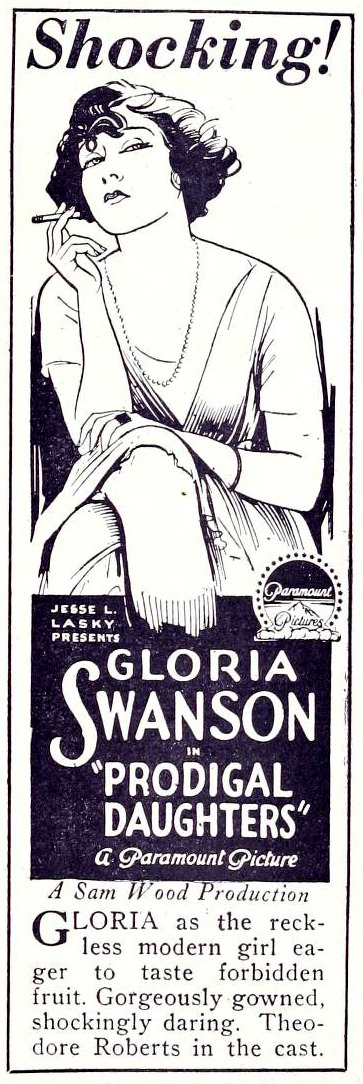
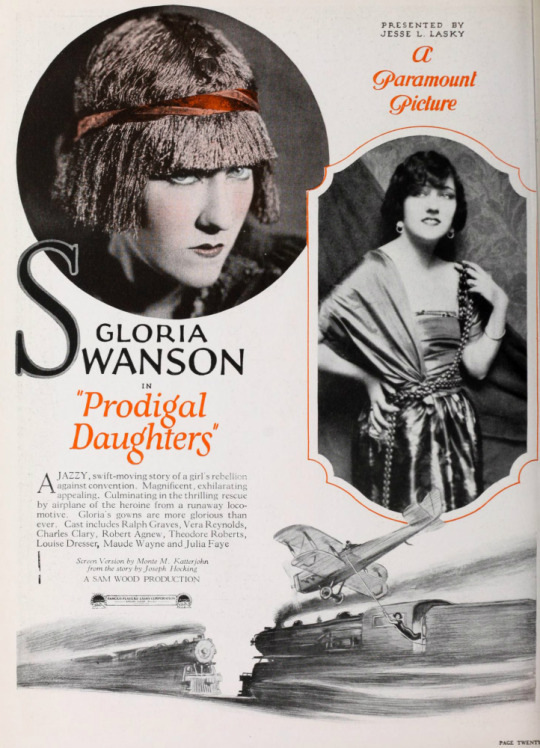


Transcribed Sources & Annotation over on the WMM Blog!
#1920s#1923#Gloria Swanson#Vera Reynolds#flappers#roaring twenties#silent movies#silent film#lost film#lost media#classic film#film history#classic movies#sam wood#american film#paramount#famous players-lasky#lost but not forgotten#film#movies
19 notes
·
View notes